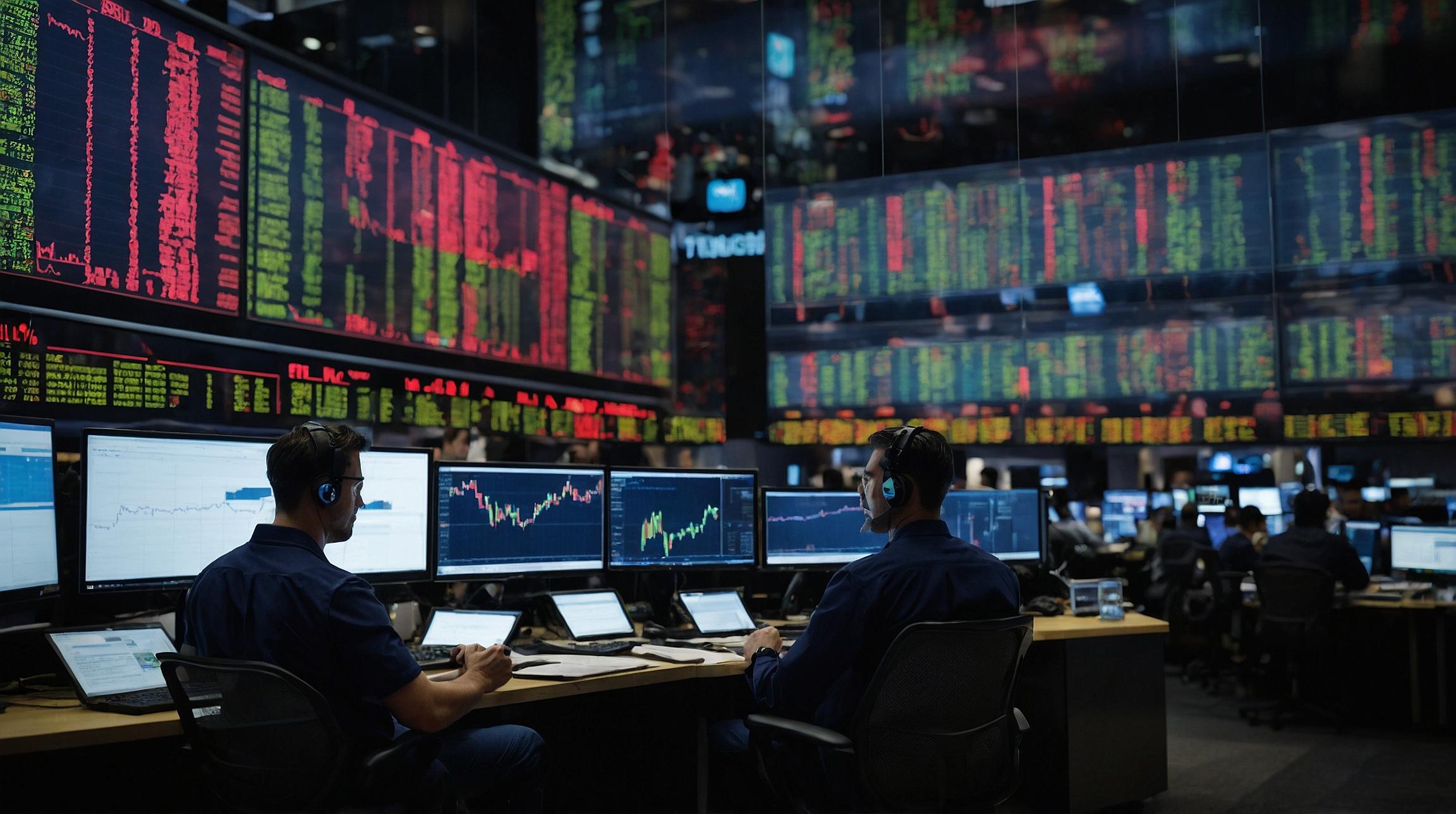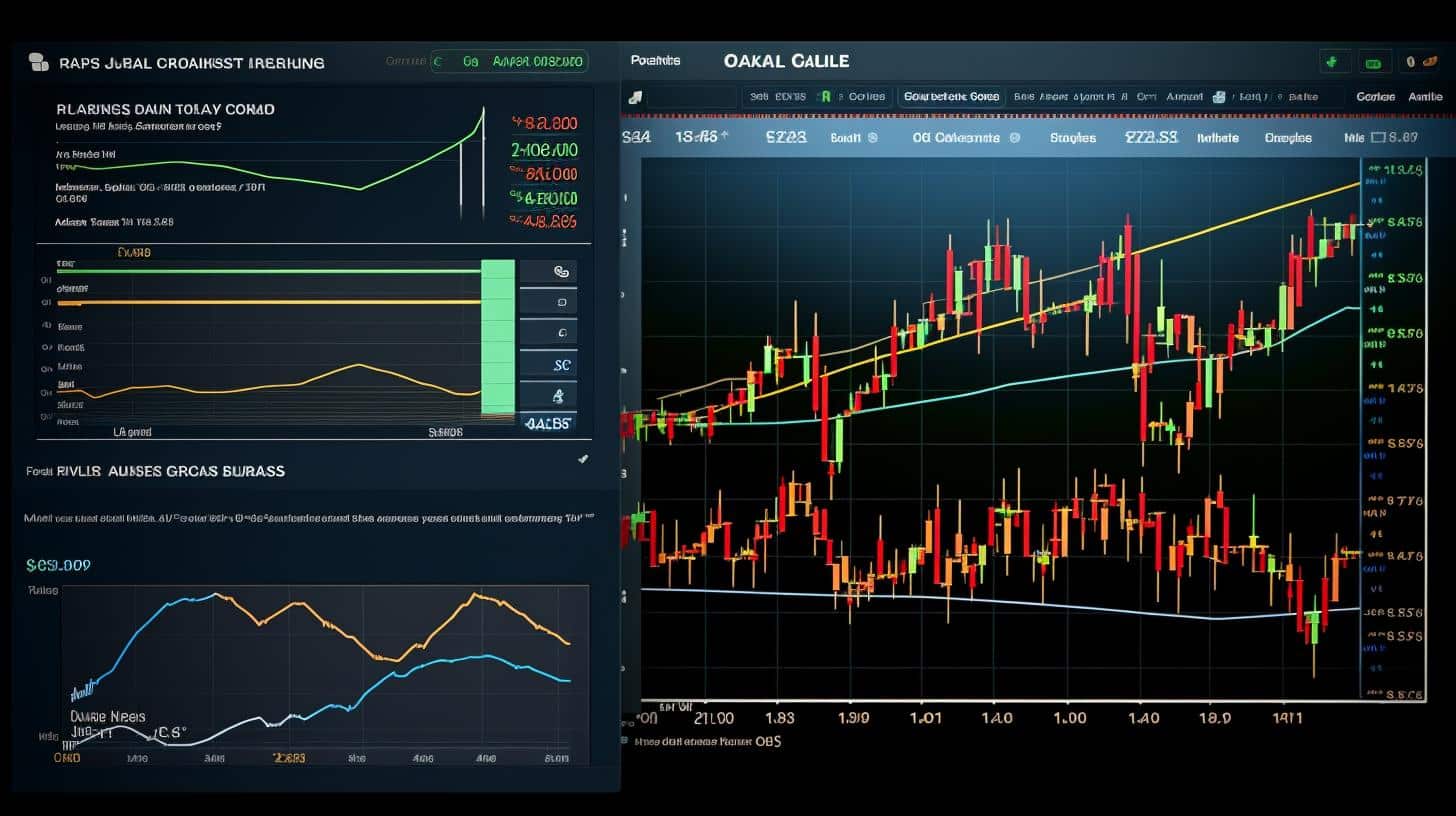Vinyl Records Exempt from U.S. Tariffs Amid Trade Policy Changes
In August 2025, the Trump administration rolled back the “de minimis” exemption, which previously allowed goods valued under $800 to enter the U.S. tariff-free. However, physical music formats such as vinyl records, CDs, and cassettes remain exempt due to the Berman Amendment, a Cold War-era provision that prohibits tariffs on “informational materials.” This exemption protects music consumers from increased prices despite broader tariff implementations.Consumer Impact: Avoiding Price Hikes on Vinyl
Experts warn that without this exemption, prices on vinyl could have surged to $40 or $50 per record. Ralph Jaccodine, a Berklee College of Music professor, called the exemption “welcome news” for buyers of physical music, a segment that has seen rapid growth in recent years.“If vinyl had gotten tariffed, you could have possibly seen the price of a record going up to $40 and $50. So, this is welcome news for people buying physical music.” – Ralph Jaccodine, Berklee College of MusicVinyl Sales Surge Driven by Nostalgia and Younger Buyers
Vinyl has experienced a remarkable resurgence, particularly during the pandemic, driven largely by Gen Z consumers. According to the Recording Industry Association of America (RIAA), vinyl accounts for nearly 75% of all U.S. physical music revenue, marking a 20% increase since 2020. Collectible vinyl editions, featuring colored discs and exclusive artwork, have added to this demand.- Nearly 60% of 18- to 24-year-olds in a UK survey reported listening to physical music formats.
- Vinyl sales fueled by “vinyl hauls” and collectible variants popularized on social media platforms like TikTok.
- Physical music offers a tangible alternative to digital streaming, appealing to those seeking ownership and reduced digital fatigue.
Taylor Swift’s Album Release Expected to Boost Vinyl Market
Taylor Swift’s new album, “The Life of a Showgirl,” is projected to break sales records with first-week vinyl sales potentially surpassing 1 million units, exceeding the previous record of 859,000 set by her 2024 release, “The Tortured Poets Department.” Her influence significantly impacts the broader music industry and physical sales revenue. Universal Music Group (UMG), Swift’s label, reported a 14.4% increase in physical music revenue during the quarter following her last album release. Conversely, a lack of new Swift releases earlier in 2025 saw physical revenue dip by 12.4%, illustrating her pivotal role in driving sales.“Taylor Swift has unique ability to drive the market through her decisions of what and how to release music. Swift’s release can and will likely cause a boom in the music business.” – Ralph JaccodineU.S. Vinyl Manufacturing and Tariff Debate
While tariff exemptions benefit consumers, some U.S. vinyl manufacturers advocate for tariffs to protect and grow domestic production. Alex Cushing, president of Hand Drawn Records, supports tariffs as a means to create American manufacturing jobs, though acknowledges current capacity limitations for large-scale album production. Most vinyl pressing occurs overseas, with GZ Media in the Czech Republic being the largest global producer. GZ Media aims to localize production closer to consumers, including plants in Tennessee, to reduce supply chain costs. Tariffs on imports could increase consumer prices, according to GZ CEO Michal Štěrba.- U.S. manufacturers argue tariffs could shift more business stateside for smaller artists.
- Raw materials for U.S. producers face tariffs, complicating cost structures.
- Industry prepared for tariffs by stockpiling materials prior to policy changes.
Physical Sales More Lucrative for Artists than Streaming
Physical formats remain a critical revenue stream for artists. Streaming platforms typically pay between $0.003 and $0.005 per stream, while artists generally receive 10% to 25% royalties on physical sales. Merchandise and ticket sales also constitute major income sources. For example, Swift’s Eras Tour grossed over $2 billion in ticket sales, while streaming earnings ranged between $200 million and $400 million during the same period, underscoring the value of diversified income streams.Gen Z Drives Vinyl Resurgence Amid Digital Fatigue
Younger consumers, particularly Gen Z, have embraced vinyl as a counterpoint to digital music consumption. Physical ownership offers a sense of permanence and collectability absent from streaming services, contributing to sustained interest in vinyl and other physical formats. Collectible variants and exclusive editions cater to this demographic’s enthusiasm, with social media platforms amplifying demand through viral “vinyl haul” videos.“There’s FOMO if someone has a variant that you don’t. It’s like Pokémon where you ‘gotta catch ’em all.'” – Tayra McDaniels, Vinyl Collector
FinOracleAI — Market View
The exemption of physical music from tariffs preserves affordability in the rapidly expanding vinyl market, which continues to benefit from strong consumer demand and artist-driven sales momentum. Taylor Swift’s new album release is poised to reinforce this trend, driving significant physical sales and supporting record labels’ revenue streams.- Opportunities: Sustained growth in vinyl sales driven by Gen Z collectors and exclusive editions; increased revenue for labels and artists from physical formats; potential for expanded U.S. manufacturing with appropriate policy support.
- Risks: Supply chain disruptions could constrain vinyl availability; capacity limitations in U.S. production may limit domestic growth; potential volatility in trade policies could introduce uncertainty.
Impact: The tariff exemption creates a favorable environment for physical music sales, supporting industry growth and consumer access while balancing trade policy complexities.
Contents
Vinyl Records Exempt from U.S. Tariffs Amid Trade Policy ChangesConsumer Impact: Avoiding Price Hikes on VinylVinyl Sales Surge Driven by Nostalgia and Younger BuyersTaylor Swift’s Album Release Expected to Boost Vinyl MarketU.S. Vinyl Manufacturing and Tariff DebatePhysical Sales More Lucrative for Artists than StreamingGen Z Drives Vinyl Resurgence Amid Digital FatigueFinOracleAI — Market View













